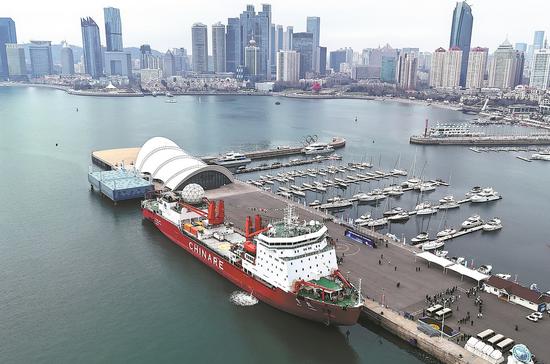
The polar icebreaker Xuelong docks in Qingdao, Shandong province, on Wednesday, marking the completion of China's 40th Antarctic expedition. (ZHANG JIN'GANG/FOR CHINA DAILY)
China's 40th Antarctic expedition concluded on Wednesday with the Xuelong polar icebreaker returning to Qingdao, Shandong province.
A welcoming ceremony was held at a port in Qingdao, which was attended by senior officials of the Ministry of Natural Resources and the Shandong provincial government.
The five-month polar expedition set out from Shanghai in early November and arrived in Antarctica later that month.
The Xuelong and Xuelong 2 icebreakers as well as a cargo ship were used in the mission, carrying more than 460 researchers from over 80 domestic institutions, covering a total distance of more than 150,000 kilometers.
During the mission, Chinese engineers built the Qinling Station — the nation's fifth scientific outpost in Antarctica — on Inexpressible Island in the Terra Nova Bay.
The 5,244-square-meter station resembles the Southern Cross constellation, a unique design to honor Zheng He, a legendary admiral, mariner and diplomat in the Ming Dynasty (1368-1644).
The facility can accommodate 80 people in summer and 30 in winter, according to the Polar Research Institute of China, which was in charge of its construction.
Engineers used lightweight, high-strength materials to build the station, making it resistant to temperatures as low as minus 60 C and the corrosive environment on the island.
China had previously constructed four research stations in Antarctica — the Changcheng, the Zhongshan, the Taishan and the Kunlun.
The Qinling Station is the nation's third Antarctic research base to be operational around the year, alongside the Changcheng and the Zhongshan, which were both built in the late 1980s.
In addition to participating in the construction project, researchers of the 40th expedition conducted investigations into a host of scientific issues including the impact of climate change on the Antarctic ecosystem.
They carried out comprehensive surveys and monitoring in the Astronaut Sea, the Amundsen Sea, the Ross Sea, the Prydz Bay and adjacent waters near the Antarctic Peninsula. They also surveyed the ecology, coastal waters, soil, geology, atmosphere, snow and ice along their routes, obtaining a number of results.
The Chinese team engaged in several international cooperation projects on cutting-edge Antarctic research during the mission, according to Xie Jian, deputy head of the 40th expedition.
Speaking to reporters on Wednesday in Qingdao, he said that Chinese researchers drilled ice layers and ice-rock interlayers to obtain ice core and bedrock samples, thereby completing their survey on ice-ocean-bedrock interactions and subglacial geology as well as filling in the gaps in some crucial data.
The team also participated in a multinational air-based investigation program about the Enderby Land, Xie said.










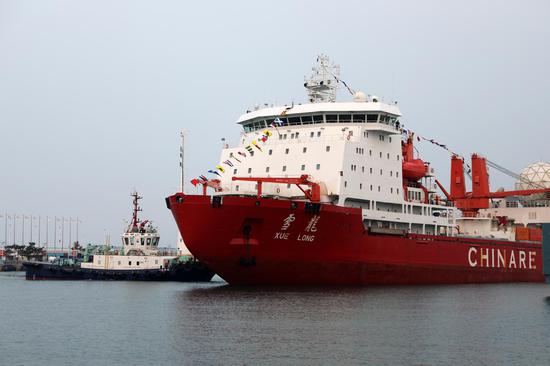
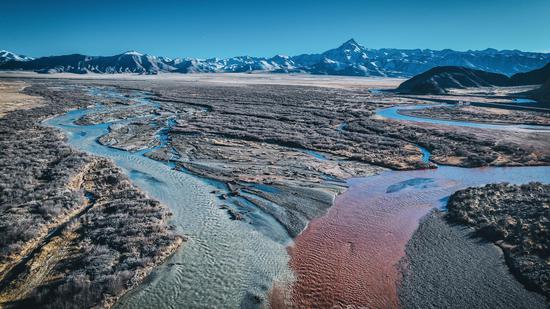

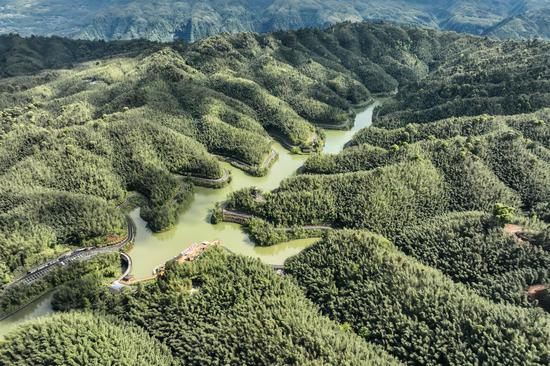

















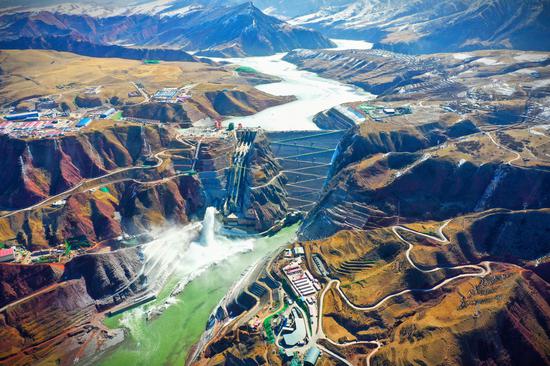

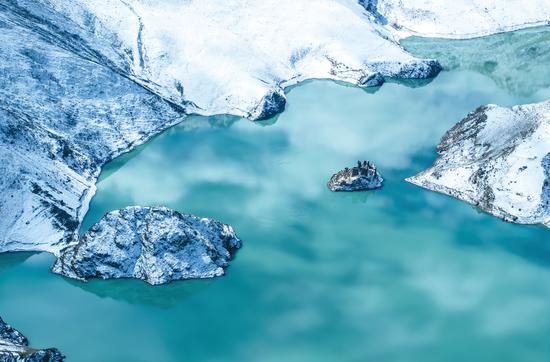

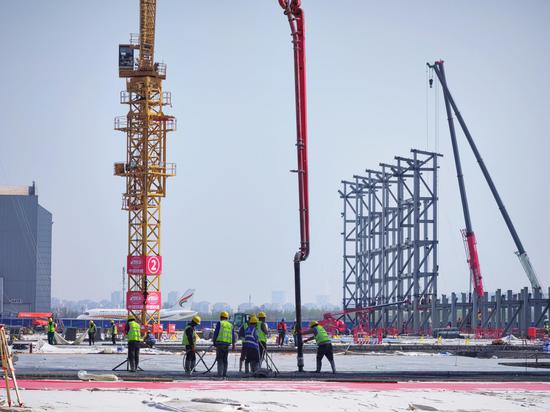







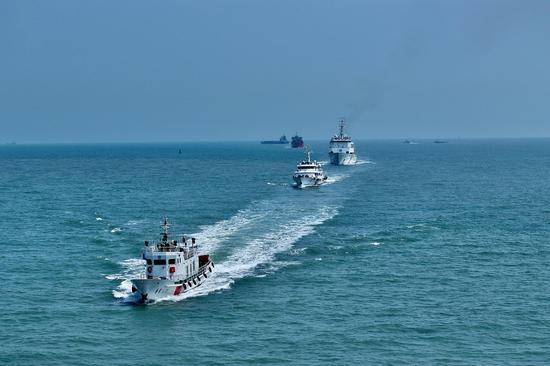


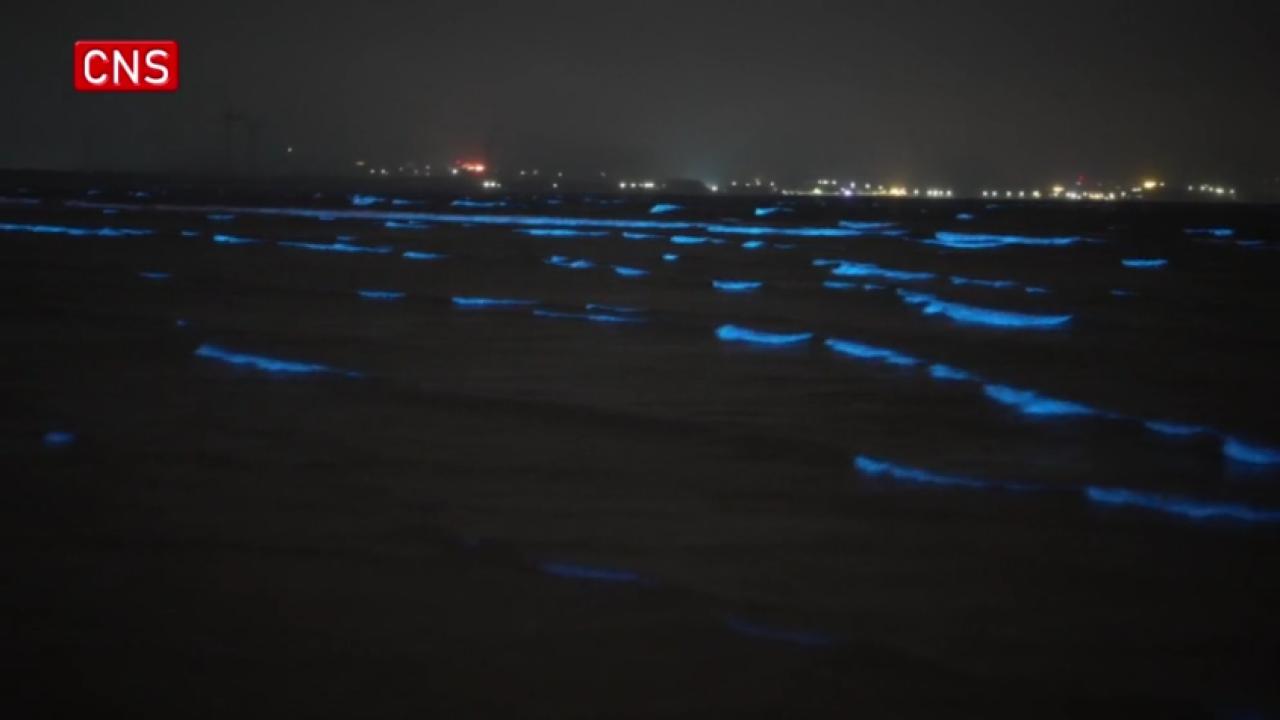



 京公网安备 11010202009201号
京公网安备 11010202009201号